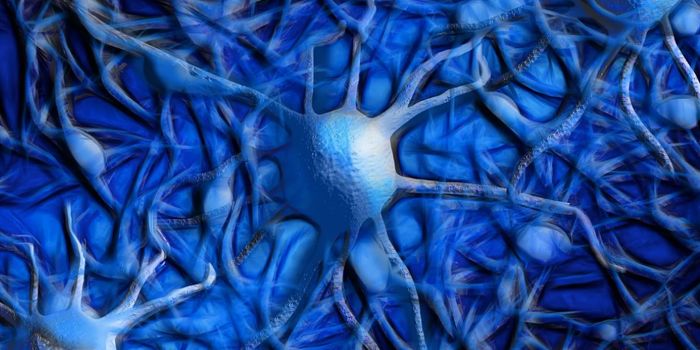Many Stem Cell Lines Carry Serious Genetic Damage
Stem cells hold tremendous potential, because they can specialize into any type of cell. During development, stem cells build different tissues in the body. Though the techniques are mostly still in development and testing, stem cells might also be used as a treatment to replenish cells in adults that are damaged, worn out, or dead; to rejuvenate and regenerate damaged tissue. Stem cells are also very useful in the research lab, especially since a technique (described in the video below) was created that allows adult skin cells to be reprogrammed as stem cells, called induced pluripotent stem cells (iPSCs). But researchers are warning about DNA damage lurking in iPSCs. A new report in Nature Genetics has suggested that almost three-quarters of iPSCs that are made from adult skin or blood cells carry significant damage in their genomes. This DNA damage may be causing problems with research, and critically, might affect any people that would be treated with stem cell therapies. The scientists have stressed that whole genome sequencing should be performed on stem cell lines to ensure their quality.
Cells in our bodies carry the genome in the nucleus, and when cells are exposed to many things in the environment, such as pollution or UV light, for example, DNA damage can occur. That DNA damage might be harmless in some cases. In others, the cell can make repairs. But sometimes, damage happens in crucial places that can lead to serious consequences for cells. Cancer may occur, for example, if genes that control the cell cycle become mutated. Some characteristics of the mutation can reveal how it happened.
In this study, the researchers used whole genome sequencing to analyze the genomes of stem cell lines, and found that UV exposure had caused major damage in 72 percent of the cell lines.
"Some samples had an enormous amount of mutations, sometimes more than we find in tumors. We were all hugely surprised to learn this, given that most of these lines were derived from skin biopsies of healthy people," noted Professor Serena Nik-Zainal of the University of Cambridge.
When the scientists focused on stem cells derived from blood, there was not much UV damage, which is unsurprising because blood is not usually exposed to light. But blood-derived, iPSCs did carry significant genetic damage. About a quarter of cell lines carried mutations in a gene called BCOR, which has been linked to cancers of the blood.
Those mutations were not found in the original cells; these mutations arose during the procedure that created the cell lines. Cells also looked very different from one another even when they were derived from a single patient's cells during one experiment.
"The most striking thing was that pairs of iPS cells would have a vastly different genetic landscape - one line would have minimal damage and the other would have a level of mutations more commonly seen in tumors. One possible reason for this could be that a cell on the surface of the skin is likely to have greater exposure to sunlight than a cell below the surface and therefore eventually may lead to iPS cells with greater levels of genomic damage," said study co-author Dr. Foad Rouhani.
The researchers confirmed that the mutations in BCOR had a functional effect. It was very challenging, for example to use iPSCs with BCOR mutations to generate neurons; these cells preferred to specialize into other cell types.
"This is a significant finding, particularly if one is intending to use those lines for neurological research," added Rouhani."If a line is to be used for cell based therapies in patients for example, then we need to understand more about the implications of these mutations so that both clinicians and patients are better informed of the risks involved in the treatment."
Sources: University of Cambridge, Nature Genetics









